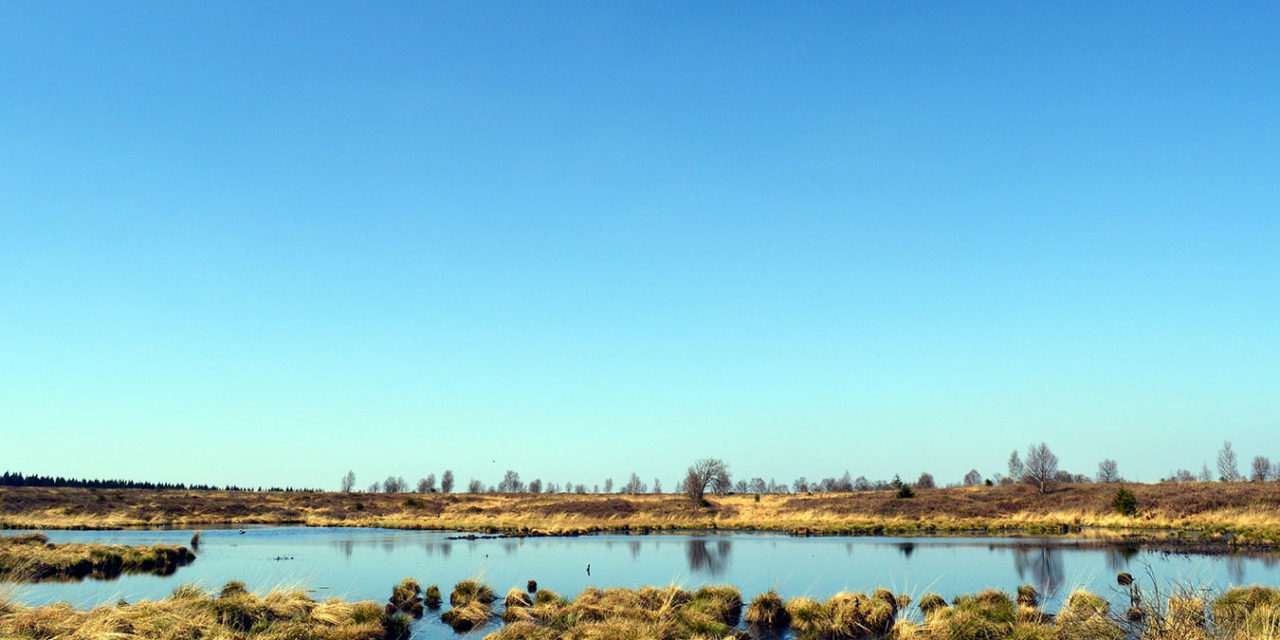Peatlands are one of the most important carbon sinks in the world, but according to a new report in Nature Geoscience European peatlands are drying out because of human activity and climate change and are now in danger of releasing rather than absorbing carbon.
Peatland is the term given to kind of wetland found in most places on earth from the blanket peat bogs of upland Britain to the swampy forests of southeast Asia. The word peat refers to the type of soil in these waterlogged places, which forms over millions of years, as the waterlogged conditions slow the process of plant decomposition and lead to a build-up of carbon.
As a result of this natural process, peatlands store more CO2 than all the other types of vegetation, combined, including rain forests.
But the research, which was carried out across 31 peatlands in England, Ireland, Scandinavia and continental Europe found that most peatlands were drier between 1800 and 2000 than they had been for the previous 600 years.
“The drying of our bogs appeared to have changed this process and the peatlands could now actually be turning into carbon sources – instead of absorbing carbon actually starting to emit it – clearly this is not good news for the planet,” Dr. Maarten Blaauw from Queens University Belfast, told the BBC.
Climate Change and Human Activity Play a Role
The change is connected both to climate change and human activity and scientists say that it is often difficult to separate the two, as both have had a severe effect on peatlands. The study found that particularly in Britain and Ireland, the increased dryness of peatlands corresponds to a decrease in summer rainfall and an increase in summer temperature. While in Scandinavia and the Baltics a drop in the water table observed in peatlands is connected to an increase in mean annual temperature of 2.5C.
However, scientists said that they are unable to analyse long term context for the combined roles of climate change and human activity on peatlands as the longest scientific records on peatlands only go back a few decades. Even the longest monitoring in the world of a peatland water table in Estonia only goes back as far as 1951, which is still too short to understand the long-term changes affecting it.
However, almost every peatland in Europe has been affected by rapidly expanding human populations and the growth of cropland.
Regenerating Peatlands Would Help Tackle Climate Change
Scientists have advised the UK government that restoring the UK’s peatlands, which would mean blocking up drainage ditches and stopping them from being burned by farmers would bring many benefits. Even though this would cost from £8-£22 billion, it would save £109 billion in terms of carbon emissions.
The sums were provided by the Office for National Statistics (ONS) in a report to the UK parliament earlier this year, although the ONS admitted that there are a lot of uncertainties and variations in restoring peat and so the numbers are only rough.
Currently, peatlands make up 12% of the UK’s land area and a quarter of its drinking water, mostly in so-called upland Britain, where much if it is used for low-value livestock grazing.
However, for Britain to make these emissions savings, 10-20% of peatland area currently used for lowland agriculture would need to be changed back into peat bogs, meaning that there would be a loss in agricultural income.
In some cases, restoring peatland is not always cost-effective from a carbon perspective only and depends on a range of factors including the level of degradation and the accessibility of the site.
- Why is California So at Risk from Wildfires? - 13th November 2019
- Carbon Offsetting is Growing but Does it Make a Difference? - 11th November 2019
- Three Confirmed Dead as Australia Prepares for “Catastrophic” Bushfires - 11th November 2019






